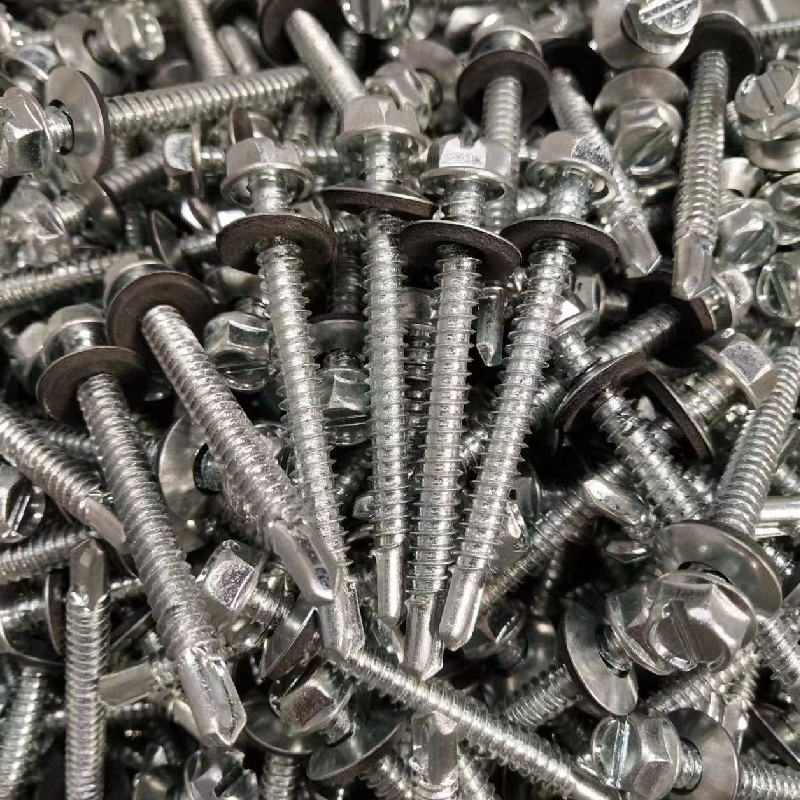steel roof bracing
The Importance of Steel Roof Bracing Enhancing Structural Integrity
The integrity and durability of structures are paramount, especially in the construction industry where safety and resilience are key priorities. Among the various elements that contribute to structural stability is the roof, which must withstand various loads and environmental pressures. Steel roof bracing plays a critical role in enhancing the structural integrity of roofs, ensuring that they can endure wind, snow, and seismic forces.
Understanding Roof Bracing
Roof bracing refers to the diagonal supports installed in the roof framework to provide stability and strength. These supports can be made from various materials, but steel is often chosen for its superior strength-to-weight ratio and durability. Steel bracing systems are typically integrated into the design of metal roofs and are crucial for preventing deformations and failures that can result from external pressures.
The Role of Steel Bracing in Structural Integrity
One of the primary functions of steel roof bracing is to distribute loads across the roof structure. Roofs are susceptible to various forces, including wind uplift, snow accumulation, and seismic activity. Without adequate bracing, roofs can experience excessive movement or even collapse under extreme conditions. Steel bracing systems mitigate these risks by providing lateral support, allowing the roof to flex and redistribute forces evenly.
In high-wind areas, for example, steel bracing helps to prevent roof lift, where strong winds can create an upward force. The bracing forms a triangulated structure, which helps to counteract these uplifting forces effectively. Similarly, in regions prone to heavy snowfall, steel bracing supports the roof’s load-bearing capacity, reducing the likelihood of sagging or structural failure due to accumulated snow weight.
Design Considerations for Steel Roof Bracing
When designing a steel roof bracing system, several factors must be taken into account. The type of building, its geographical location, and the expected environmental conditions all influence the design. Engineers must conduct thorough analyses to determine the appropriate size, spacing, and configuration of steel braces.
In commercial and industrial structures, where larger spans and significant loads are common, a more robust bracing system is essential. In contrast, residential buildings may require less extensive bracing. The design must also comply with local building codes and standards, which dictate the minimum requirements for structural safety.
Types of Steel Roof Bracing Systems
Several types of steel bracing systems are commonly used in roof construction
. Among them, the most prevalent includesteel roof bracing

1. Cross Bracing This method involves diagonal braces that cross each other, forming an X shape. It effectively enhances resistance to lateral forces and is commonly seen in industrial buildings and warehouses.
2. K-Bracing K-bracing features diagonal members that connect the middle of vertical columns to the top and bottom chords, forming a K shape. It is efficient in distributing forces and is used in various structural applications.
3. Moment-Resisting Frames Though not strictly a bracing system, moment-resisting frames incorporate rigid connections between beams and columns to resist bending and shear forces. This approach can be combined with steel bracing for enhanced stability.
The Benefits of Steel Roof Bracing
The use of steel roof bracing in construction offers numerous advantages
- Enhanced Safety Steel bracing significantly reduces the risk of structural failure under extreme conditions, ensuring the safety of building occupants.
- Increased Longevity Steel is resistant to rust and corrosion, especially when treated or galvanized, contributing to the building's overall longevity and reducing maintenance needs.
- Versatility Steel bracing can be adapted to various architectural designs, making it suitable for diverse building types, from residential homes to skyscrapers.
- Cost-Effectiveness Although the initial investment in steel materials may be higher than wood or other alternatives, the long-term savings in maintenance and durability often outweigh these costs.
Conclusion
Steel roof bracing is an essential component in modern construction, providing crucial support and enhancing structural integrity. As buildings become larger and more complex, the importance of robust bracing systems cannot be overstated. By choosing steel for roof bracing, architects and engineers can ensure that their designs stand the test of time, offering safety and reliability for years to come. Whether in residential, commercial, or industrial applications, investing in quality steel roof bracing is a commitment to durability and safety in the built environment.
-
Weatherproof Plastic Expansion Anchors for OutdoorȘtiriJun.06,2025
-
Sustainability in the Supply Chain: Eco-Friendly TEK Screws ProductionȘtiriJun.06,2025
-
Load-Bearing Capacity of External Insulation FixingsȘtiriJun.06,2025
-
Double Head Bolts: Enhancing Efficiency in Industrial MachineryȘtiriJun.06,2025
-
Corrosion Resistance in Chipboard Screws: Coatings for Wholesale DurabilityȘtiriJun.06,2025
-
Butterfly Toggle Bolts : Enhancing Structural ResilienceȘtiriJun.06,2025
